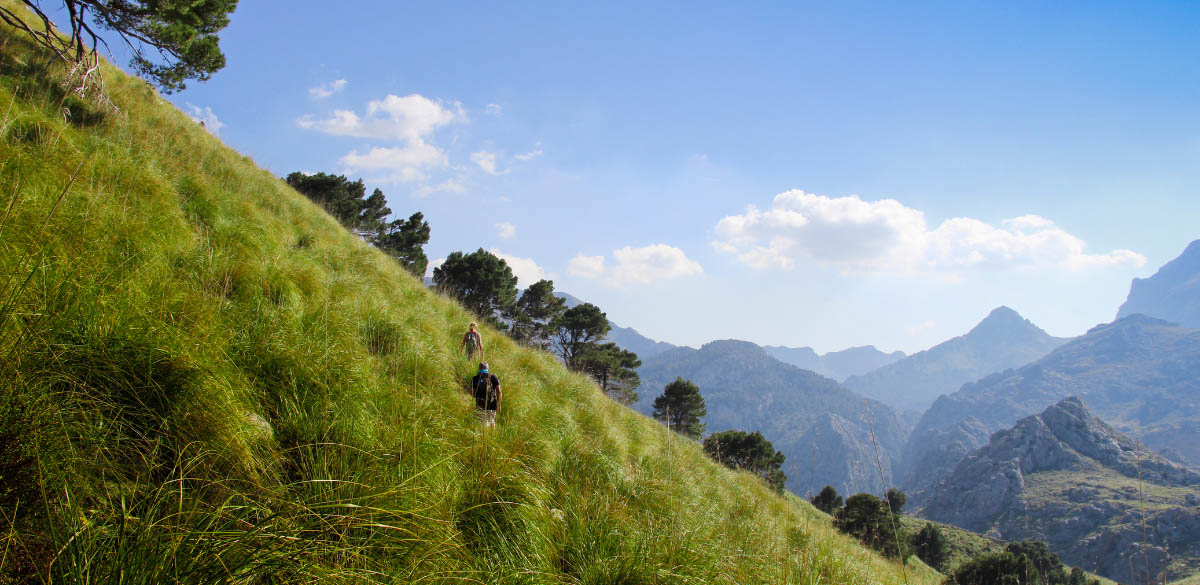The world of wellness is a rapidly expanding marketplace, a burgeoning industry, and a concept at the heart of many tourism offerings across the Balearics.
The actual word ‘wellness’ can mean many different things. The term can be as broad as it is long – but according to the Global Wellness Institute (GWI), a body now considered one of the world’s leading authorities, the definition of wellness is: “the active pursuit of activities, choices, and lifestyles that lead to a state of holistic health.”
There are two important aspects to this definition. First, wellness is not a passive state, but rather an ‘active pursuit’ that is associated with positive intentions, choices, and actions. Secondly, wellness is linked to ‘holistic’ health – extending beyond physical health and incorporating many different dimensions, including mental, emotional, spiritual, social, and environmental.
As to the commercial aspects of the industry, the wellness market encompasses a broad array of products and services – from supplements, personal care, nutrition and physical activity to mental wellness, complementary medicine, holistic therapies, and last but not least, wellness travel and tourism – the most important category for Mallorca and the Balearic Islands as a whole.
Wellness tourism is one of the biggest growth areas in the entire wellness market according to the GWI. Forecasts predict an annual growth for wellness tourism of 21% from 2020 to 2025, outpacing all other sectors of the wellness economy, including personal care and beauty. That’s a giant leap from $435.7 billion (€405.91) to a whopping $1127.6 billion (€1050.45) by 2025. Wellness travellers also offer a higher average spend than traditional travel markets. They are typically more affluent, educated, and well-travelled, and are willing to spend more on travel experiences, services, and amenities that support their health and well-being, spending on average $1,601 per trip (€1496) in 2020, 35% more than the typical tourist.
So, wellness equals big business for the future of Mallorca, and the Balearic Islands. Post-pandemic, the Balearics became the most successful tourist region in Spain, with Mallorca winning the prize as the most popular destination, according to 2022’s statistics. Clearly a successful PR campaign for the island being a year-round destination, helped by the recent direct Trans-Atlantic flights from the USA. But this can change, and Mallorca can’t afford to be complacent.
Under the skin, Mallorca has all the elements to be a perfect ‘Wellness’ location. The stunning diversity of landscapes from rugged mountains in the north, to fertile plains and a spectacular coastline that stretches for 550km with over 367 beaches. There’s the cosmopolitan city of Palma, with its ancient culture and rich traditions, year-round island-wide festivities, a diversity of entertainment intertwined with Michelin-acclaimed gastronomy (11 stars across ten restaurants at the end of 2023, compared to Ibiza’s two), and the island also boasts award-winning wines as well as a multitude of luxury designer hotels.
There is a vast array of activities to keep people active, including sailing, hiking, diving and cycling, and other exciting outdoor pursuits. Add to this an average of 300 days’ sunshine a year – the icing on the cake – and Mallorca stands head and shoulders above so many other destinations around the globe.
There is of course always a downside – and that is the sheer volume of tourist numbers in the summertime and the impact it has on the island’s natural resources and infrastructure. Covid helped highlight the fact that sustainability is an essential focus for the future growth of tourism, particularly if wishing to compete in this highly lucrative market for international wellness travel.
New legislation was passed in May 2022 with the mission of making the region’s tourism industry more environmentally friendly and to create a sustainable and regenerative tourism model for the Balearic Islands. These new laws include numerous goals and obligations for the island’s tourism industry. The Mallorca Sustainable Tourism Observatory (STO) is a key new element of the island’s strategy to preserve the destination and assess how the sector affects the natural environment, economy, and the residents. These key objectives include promoting a circular economy within hospitality, reducing the overall carbon footprint, and promoting locally produced gastronomy to enhance Mallorca’s reputation and increase its appeal. Other efforts include water saving policies and devices, and the abolition of single-use plastics, aiming to reduce waste by 20 per cent by 2030. Filtered water is set to become a more usual site in Balearic hotels, bars, and restaurants in the next few years. All establishments must draw up a strategic circular plan for energy, waste, water, land use, food, and mobility.
Having lived in Mallorca for 20 years, it has been interesting to witness the steady growth of the wellness marketplace, with the pace increasing considerably in recent years with the greater interest in sustainability by the populace as a whole, and the necessity of a more sustainable approach by the Balearic Government in trying to make the Balearics “a fully sustainable destination”.
Amanda J Butler | wellness warrior and founder of wellnesstraveller.co – The new destination for wellness in Mallorca.





























0 Comments